Math-ML Course [Online]
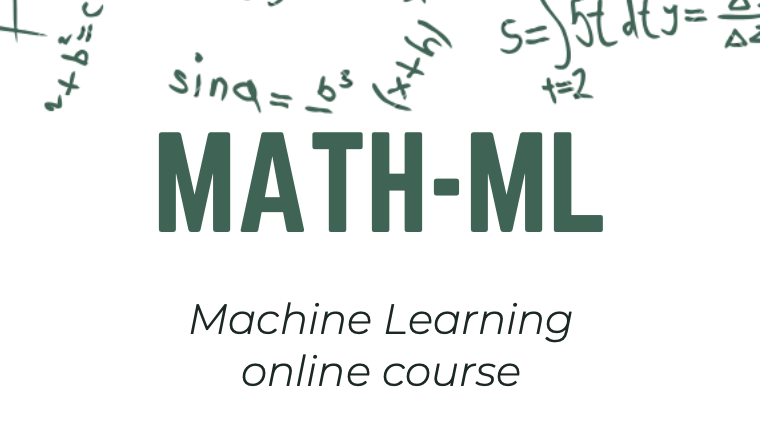
Machine Learning goes hand in hand with learning the mathematical fundamentals that make it possible to run optimized Machine Learning algorithms. The DaSCI Institute has designed, to follow online, the five modules that comprise this course.
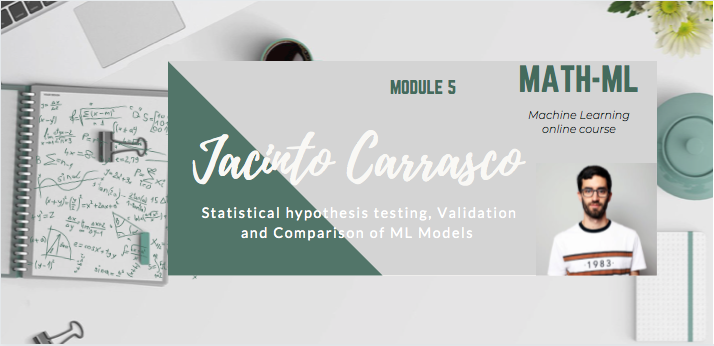
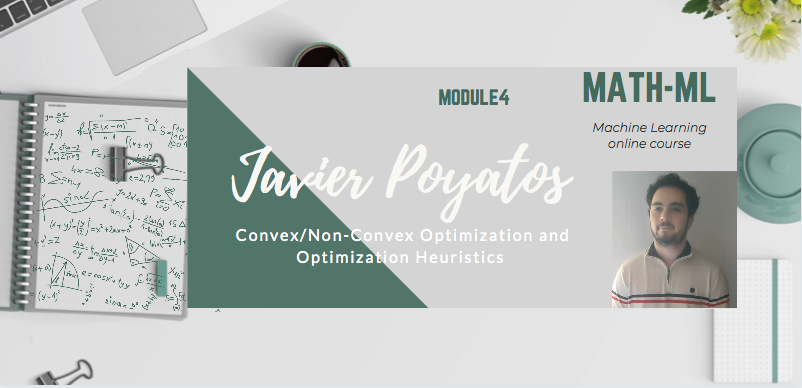
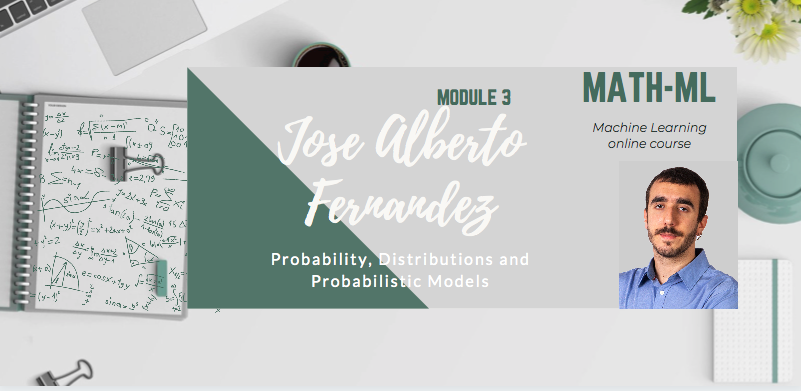

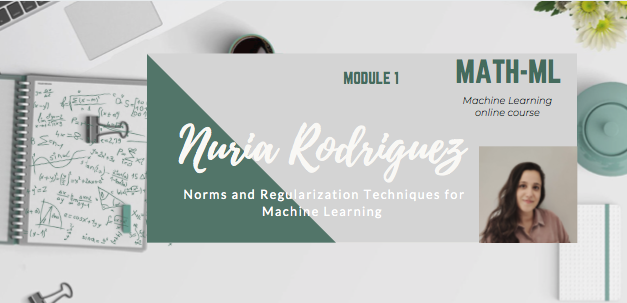
Teaching Methodology
The course distributes the mathematical concepts associated with Machine Learning in five modules. The contents can be followed independently because each module is self-contained. For this purpose, each module consists of 4-6 short videos of a total of approximately 90 minutes. There is additional material in pdf to obtain the concepts of the course, have recommended readings, as well as practical proposals with associated exercises.
Each module has an academic load of approximately 0.6 ECTS. A participant can contact the responsible for the module to clarify any doubts.
Academic Contents
Module 1 – Norms and Regularization Techniques for Machine Learning
- Introduction and motivation
Motivation: overfitting concept
Regularization as an overfitting solution - Vector norms
Motivation for the use of vectors norms
Vector Norm Definition
Most used norms: The Lp family
Representation of the vector norms as the unity sphere
Extension: Other norms - ML regularization techniques
Concept of regularization in ML
Most common regularizations and their relationship with vector norms
Comparison between regularizations - Practical example in Python. Objective: to graphically illustrate the concepts taught in the course
Researcher
Module 2 – Linear Algebra and Dimensionality Reduction
- Introduction
Representation of data sets
Vector spaces
Dimensionality curse - Fundamentals of Linear Algebra
Matrix operations
Linear transformations
Linear and related subspaces - Principal Component Analysis
Least square problem
Resolution
High dimensional PCA calculation - Dimensionality reduction methods
Linear techniques (PCA, Factor Analysis, Linear Discriminant Analysis)
Non-linear techniques, manifold learning (KPCA, MDS, Isomap, LLE)
Neural Models: autoencoders
Probabilistic Neural Models - Practical use of auto encoders
General structure
Regularized autoencoders for manifold learning
Convolutional autoencoders for noise reduction
Generative auto-encoders and instance generation
Researcher
Module 3 – Probability, Distributions and Probabilistic Models
- Random variables and vectors
Probability space
Distribution of a random variable
Random Vector
Independence of variables - Expectation, Variance and Estimators
Expectation and Variance
Estimators
Correlation - Marginal and conditional distributions
Marginal distribution
Conditional distribution
Law of Total Probability
Bayes’ theorem - Common distributions in ML
Discrete distributions
Continuous distributions
Multivariate distributions - Model parameter estimation
Parameter estimation
Maximum Likelihood estimation
Maximum a posteriori estimation
Bayesian estimation - Introduction to Bayesian networks
Fundamentals of Bayesian Networks
Network construction
Parameter estimation
Naive Bayes
Researcher
Module 4: Convex/Non-Convex Optimization and Optimization Heuristics
- Introduction
Optimization problem definition
Types of optimization problems
NP complexity class: definition and relation to optimization problems - Constraints on optimization problems
Intuition behind optimization with constraints
Problem with dual constraints. Primal-dual problem, Lagrangian. Weak duality of the problem. Calculating the hyperplane for SVM
Internal and External Penalty Methods
Constraint satisfaction problem - Convex/Non-Convex Optimization Problems
Definition of convex set and convex function. Importance of convex problems
Characterization of convexity and convex functions Relationship to optimization problems with constraints
Examples of Machine Learning problems
Definitions and characteristics of non-convexity
Treatment of non-convex problems - Descending Gradient
A description of the intuitive idea of the algorithm.
The mathematical formulation of the Descending Gradient. Explanation of parameters. Practical example
Downward Gradient Analysis
Descending Gradient Variants - Metaheuristics for Machine Learning
Introduction to Metaheuristics
Metaheuristics for Feature Selection
Metaheuristics for Hyperparameter Tuning
Metaheuristics for Instance Selection
Metaheuristics as optimization algorithms
Researcher
Module 5: Statistical hypothesis testing, Validation and Comparison of ML Models
- Introduction
Null Hypothesis Statistical Test and Model Validation
Study case - Parametric tests
t-test
ANOVA test
Intervalos y curvas de confianza
T^2 de Hotelling Test - Non-Parametric tests
Checking the preconditions
Two-samples comparison
Convergence study
Non-parametric test for multiples measures
Multiples measures comparison
Post-Hoc Procedures - Bayesian tests
NHST Criticism
Bayesian t-test
Bayesian Sign Test and Bayesian Ranked Sign Test
Imprecise Dirichlet Process
Bayesian Friedman Test
Bayesian Multiples Measures Test





